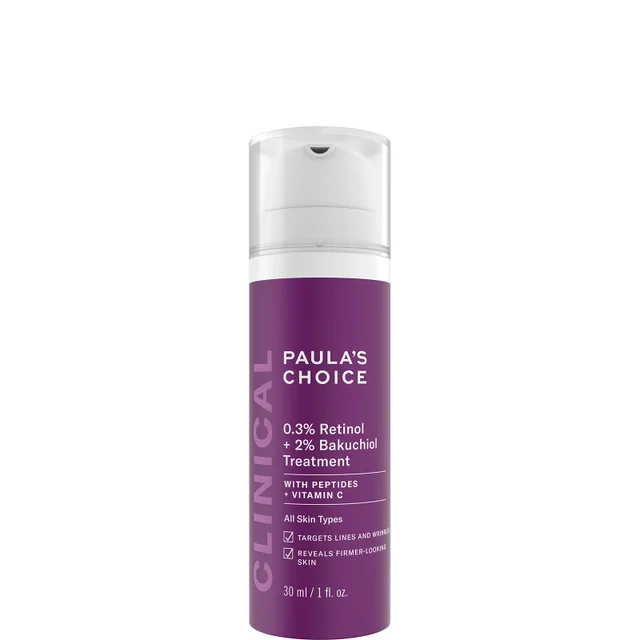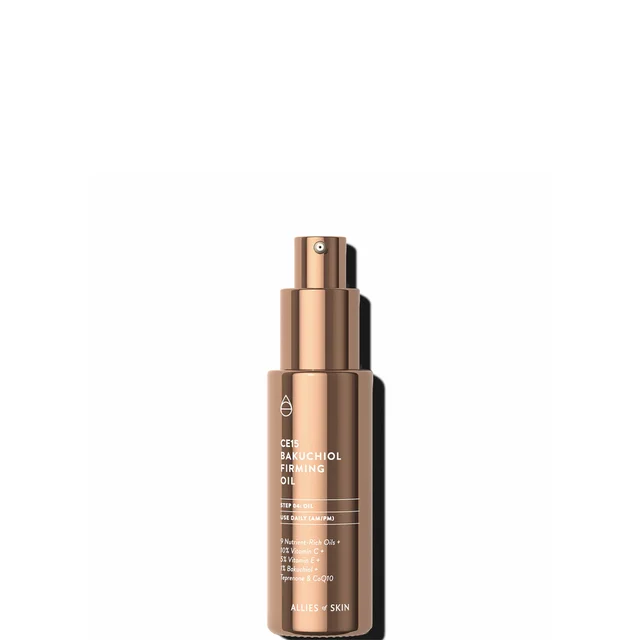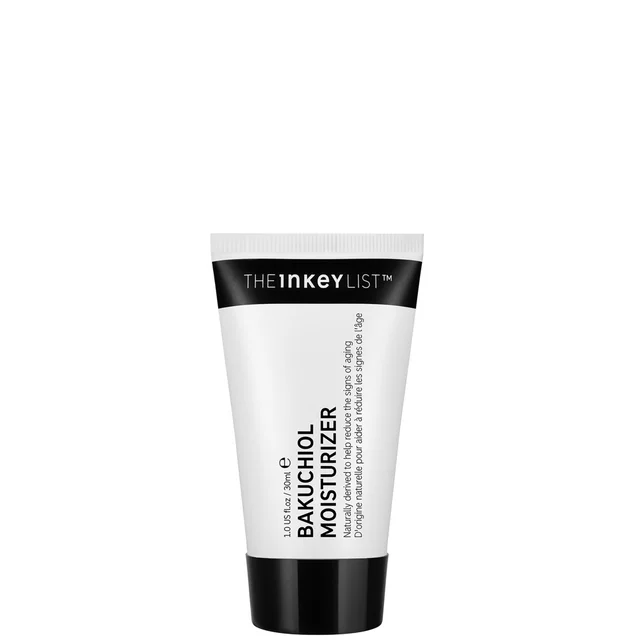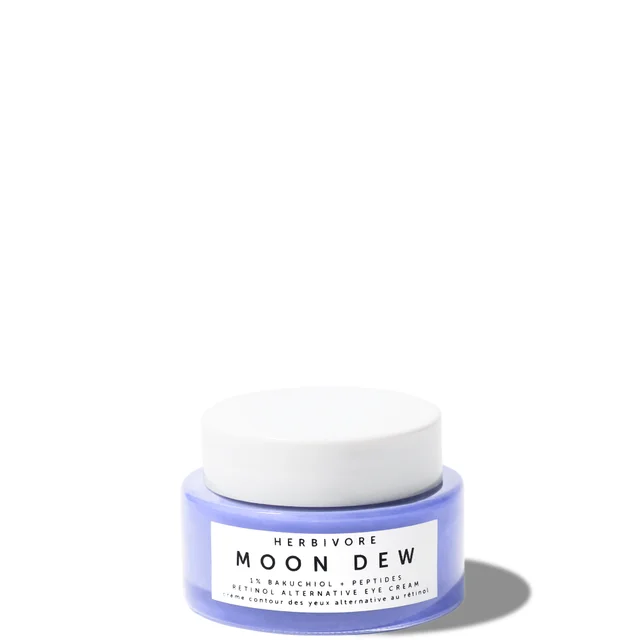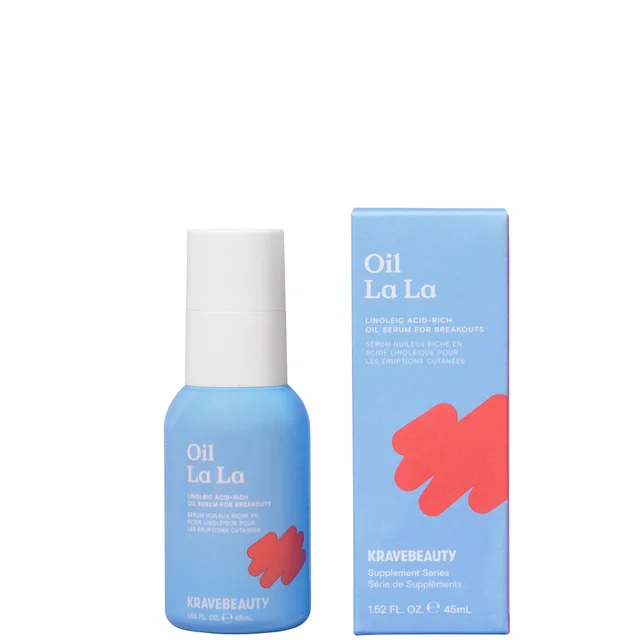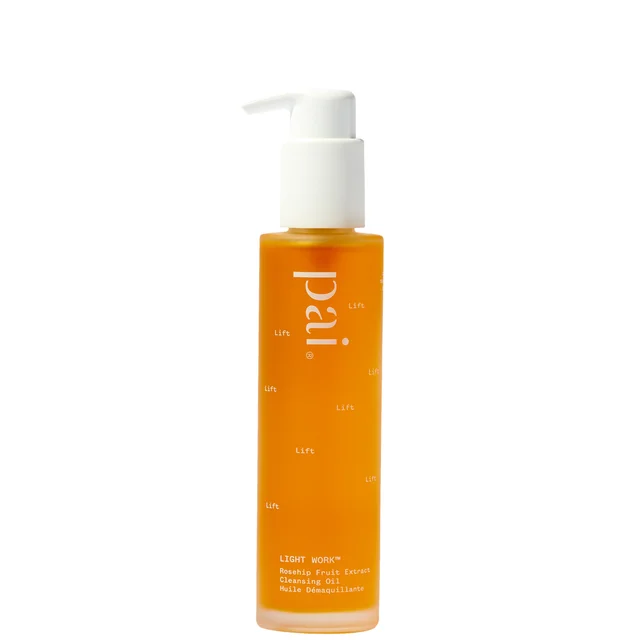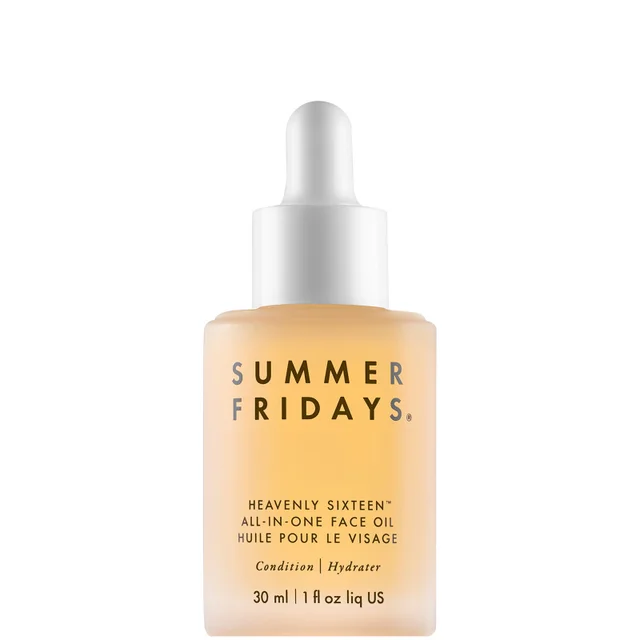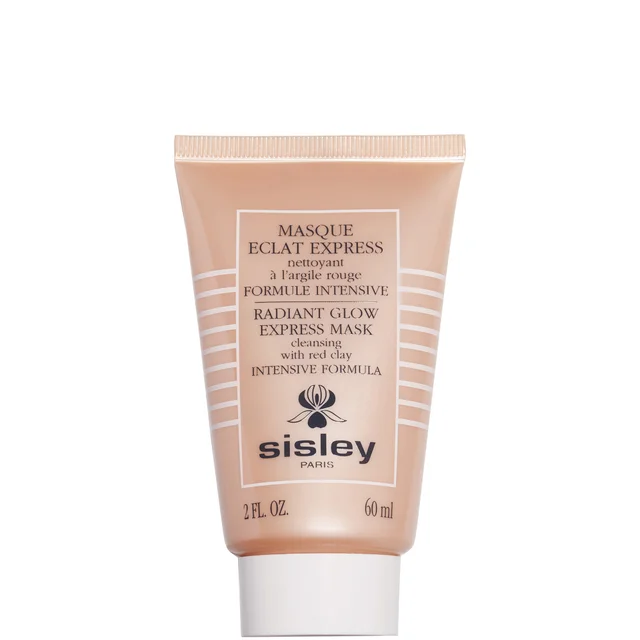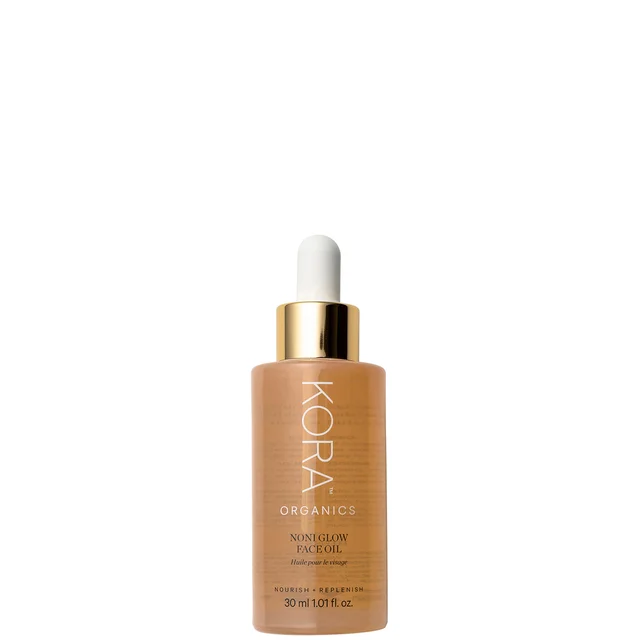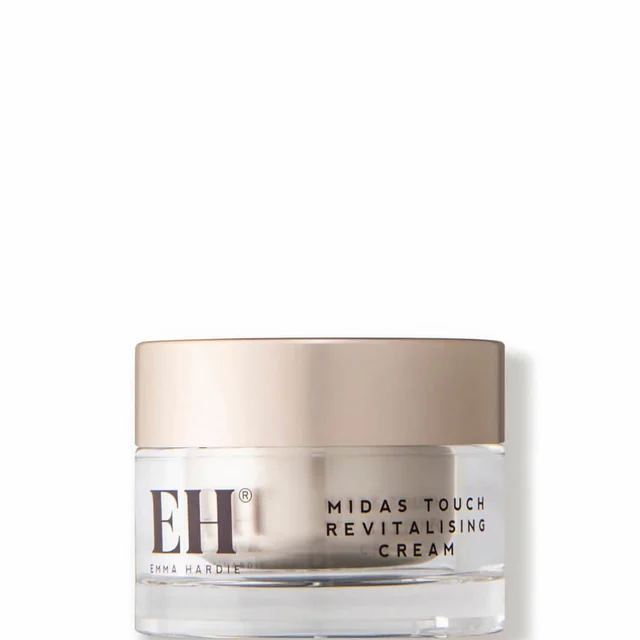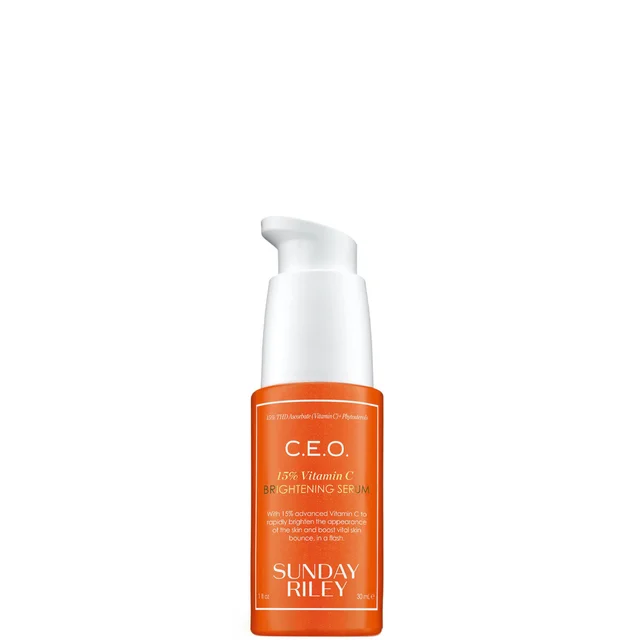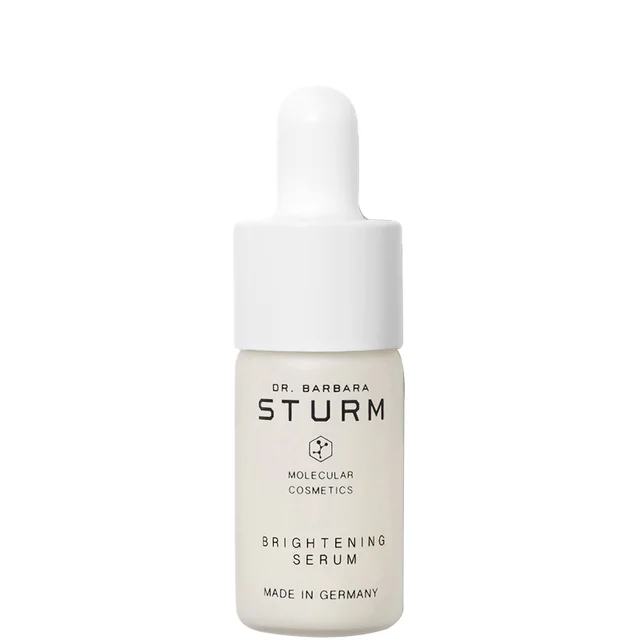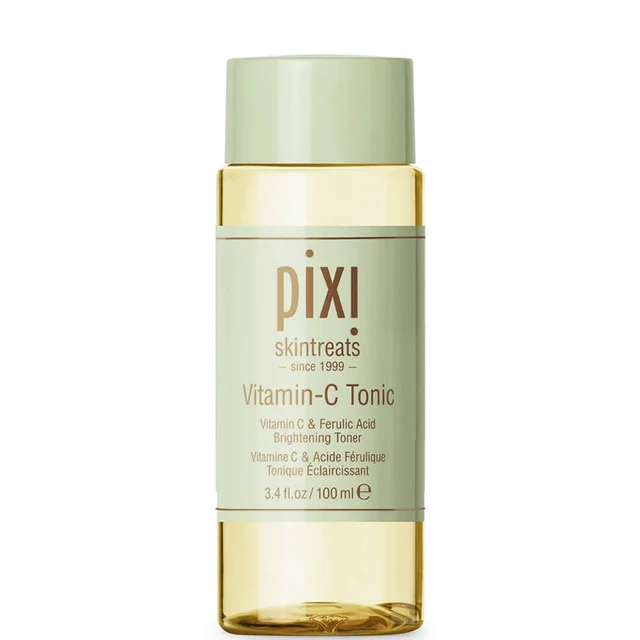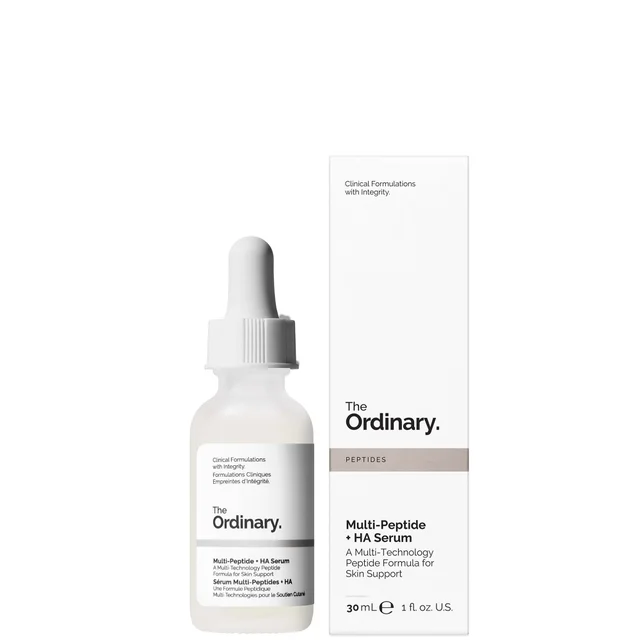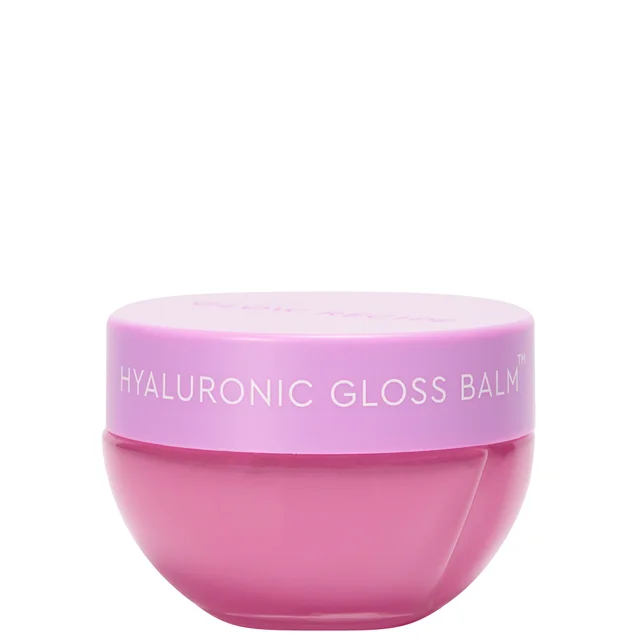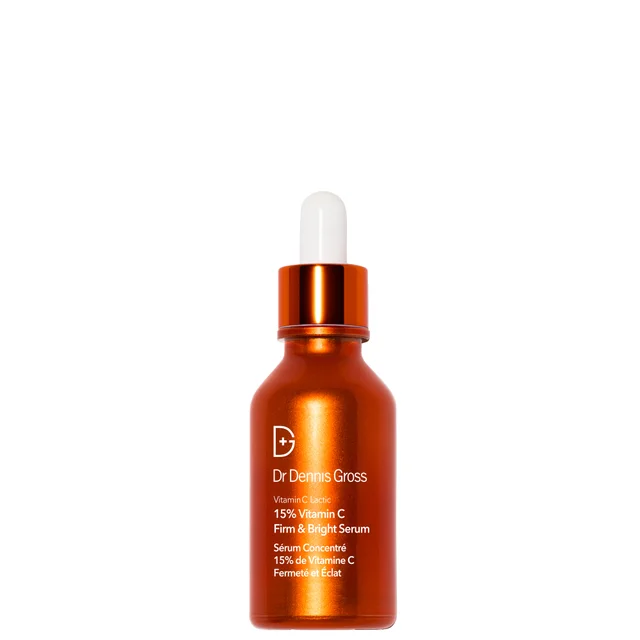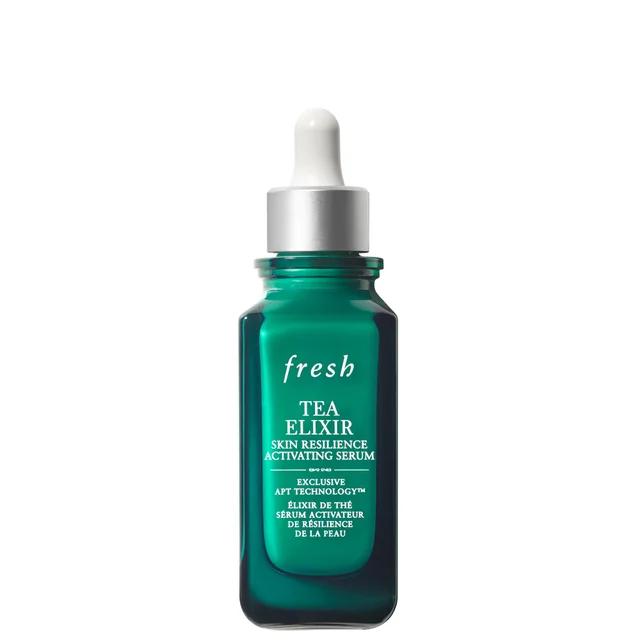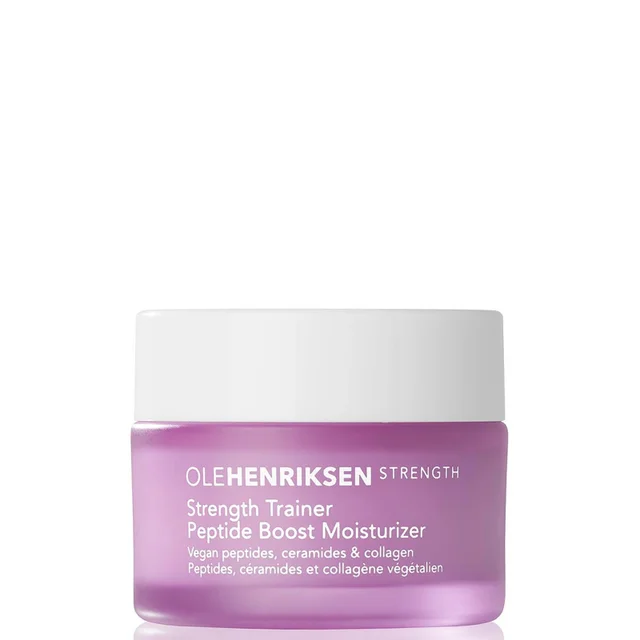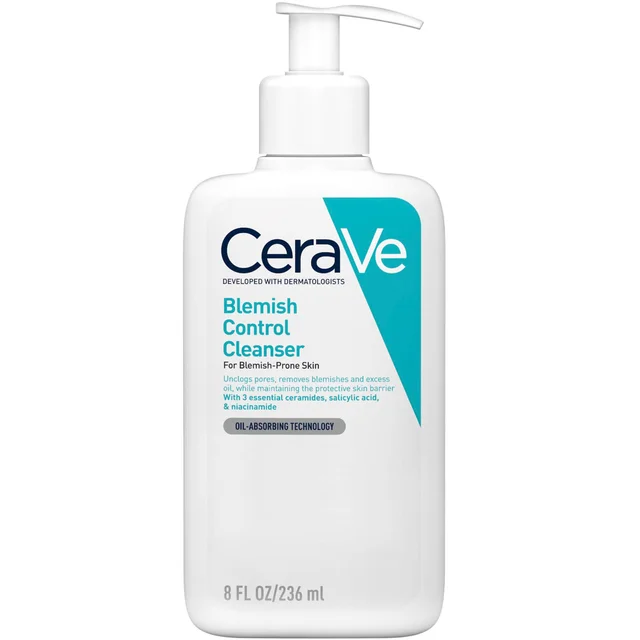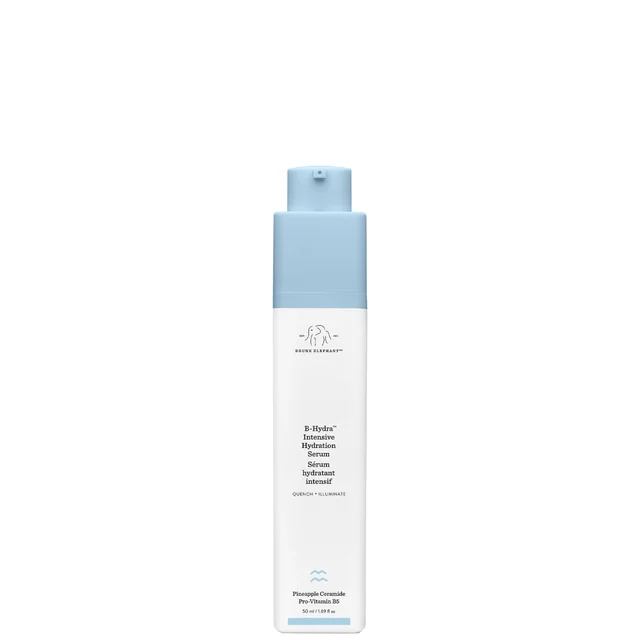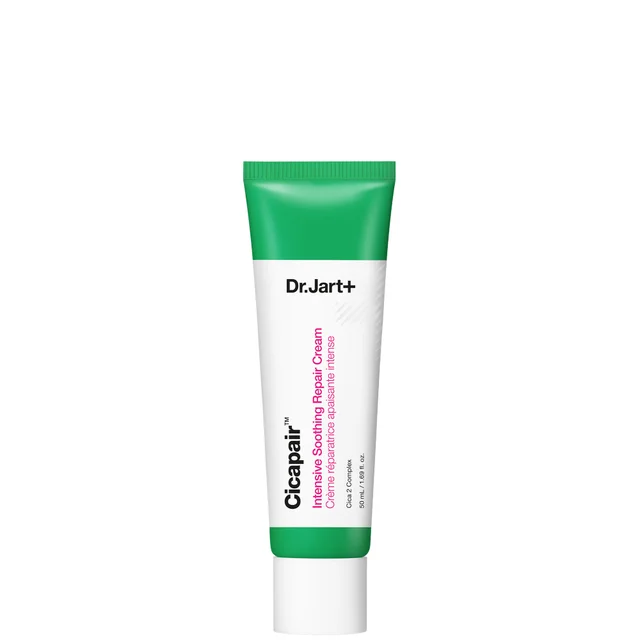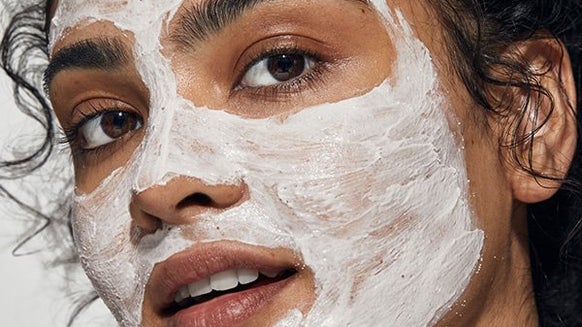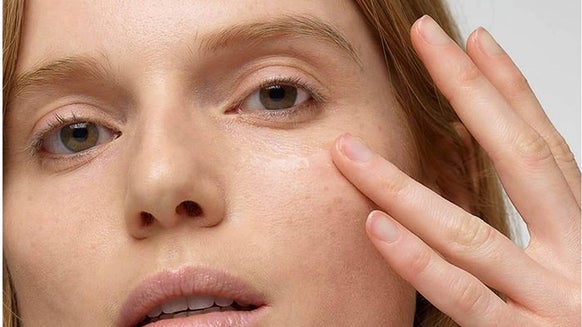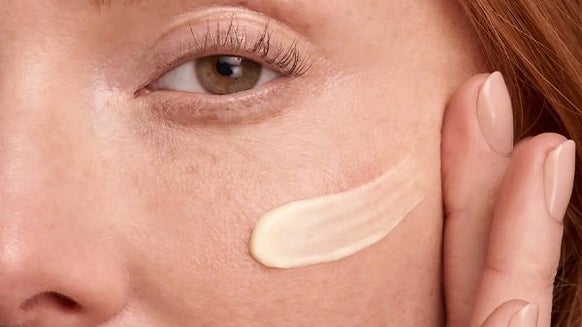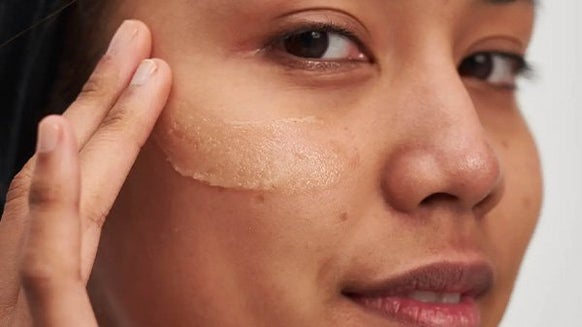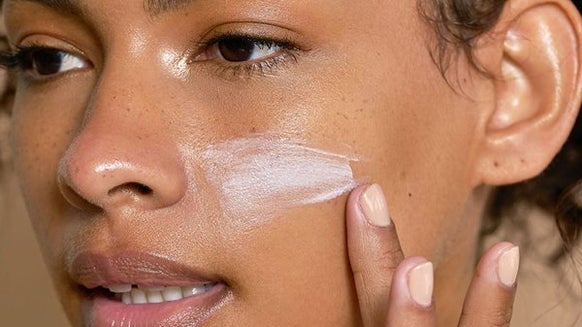When it comes to tackling fine lines and maintaining an all-over healthy glow, retinol reigns supreme. But while traditional retinoids (a group of vitamin A derivatives, which retinol falls into) continue to dominate the skin care space, it may not be the best for all complexions.
But luckily, for those who suffer with sensitive skin, are pregnant, breastfeeding or generally prefer organic products, there are an array of alternatives that boast the same results.
With that in mind, here are Cult Beauty we’ve rounded up all the best retinol alternatives to incorporate into your regime…
BUT FIRST, LET’S RECAP WHAT RETINOL IS
Let’s bring it back to basics… retinol (along with other retinoids, such as retinoic acid and retinyl palmitate) is a derivative of vitamin A, which is one of the body’s key nutrients for boosting cell turnover. For retinol to become the hero ingredient it is today, it stimulates fibroblasts (a type of cell that contributes to the formation of connective tissue) to synthesise collagen fibres resulting into the improvement of your skin’s elasticity and complexion’s firmness. Want to know more? Head over to our ultimate guide to retinol for a deep dive into the coveted component.
THE BEST RETINOL ALTERNATIVES
BAKUCHIOL
Stemming from the seeds of the psoralea corylifolia plant – native to India and Sri Lanka – bakuchiol is a vegan skin care ingredient (just like retinol, only this time is a natural alternative) that has many benefits. Visibly reducing the look of pigmentation, fine lines and wrinkles, the antioxidant not only comforts complexions to minimise reactivity, but also helps shield skin from environmental stressors (think: wind, rays and pollution). Plus, renowned as a natural alternative to retinol, bakuchiol is formed with a structure that works through different sets of receptors in the skin. Addressing the same concerns as retinol, it promotes a collagen-rich appearance and has cell-turnover benefits too.
How to incorporate bakuchiol into your routine: skin care products enriched with bakuchiol should be applied to help cleanse the face and neck once or twice a day after cleansing, toning or as a leave-on AHA/BHA exfoliant. For optimum results, we recommend applying your products in order of the lightest to the heaviest formula – for example if your bakuchiol product is a moisturiser it should be applied after your serums.
ROSEHIP OIL
While rosehip oil doesn’t contain retinol, it’s actually made of many small concentrations of all-trans retinoic acid. Harvested from the seeds of rose bushes and featuring vitamins C and A, it’s one of the most popular oils as its non-comedogenic (meaning it won’t block or clog your pores). Bursting with antioxidants and essential fatty acids, rosehip oil has numerous skin benefits – from reducing the look of blemishes and sun damage to preventing dry skin and brightening your complexion (to name a few).
How to incorporate rosehip oil into your routine: rosehip oil can be applied straight onto the skin in its purest form, added to your moisturiser or incorporated into your daily serums and oil blends. It can be used up to twice a day, morning and evening, and should be packaged in a dark bottle to protect it from UV rays – as this may diminish its potency if overexposed.
SHOP ALL ROSEHIP OIL >>>VITAMIN C AND HYALURONIC ACID
One of retinol’s biggest benefits is that it reduces the look of premature aging by minimising dark circles and plumping the skin, and it can be difficult to find a substitute that can do all these things in one go. That’s where vitamin C and hyaluronic acid come into play. While the addition of vitamin C defends the skin’s surface from free radicals, hyaluronic acid boosts moisture – holding up to 1000x its water weight. With that in mind, this powerhouse pairing leaves skin firm with fewer fine lines.
How to incorporate vitamin C and hyaluronic acid into your routine:not all skin care ingredients can be mixed, but hyaluronic acid and vitamin C are two that become even stronger when paired together. As vitamin C works best in your AM routine to defend skin against environmental aggressors and hyaluronic acid can be used both morning and night, we suggest layering the ingredients during your morning regime. Apply vitamin C products first to cleansed, dry skin. Be sure to leave time it to sink in before following it up with your hyaluronic acid-infused solution.
SHOP ALL VITAMIN C SKIN CARE >>>SHOP ALL HYALURONIC ACID SKIN CARE >>>NIACINAMIDE
A form of vitamin B3 (AKA a nutrient for our body which prevents water loss for a hydrated complexion), niacinamide offers many of the same benefits as retinol, namely reducing the appearance of puffy skin, keeping blemishes at bay and decreasing unwanted pigmentation. The main difference between the two? Hydration. While retinol can be drying for some skin types, niacinamide helps maintain hydration in your skin, making it ideal for all skin types – even the most dry or sensitive.
How to incorporate niacinamide into your routine:to take advantage of the bountiful benefits of niacinamide, it’s best to use it morning and night as part of your daily skin care routine. This could be in the form of a serum, cream or toner. If you’re using a niacinamide serum, apply a thin layer to a cleansed and toned complexion, or if you’re opting for niacinamide toners, these can be applied straight after cleansing.
SHOP ALL NIACINAMIDE SKIN CARE >>> So, there you have you have it, now you can enjoy all the benefits of retinol. Smooth, soothed and strengthened skin incoming…
SHOP ALL SKIN CARE >>>
Not getting on with retinol? No worries. Smooth, soothe and strengthen sensitive skin with our guide to the best retinol alternatives right now… 
